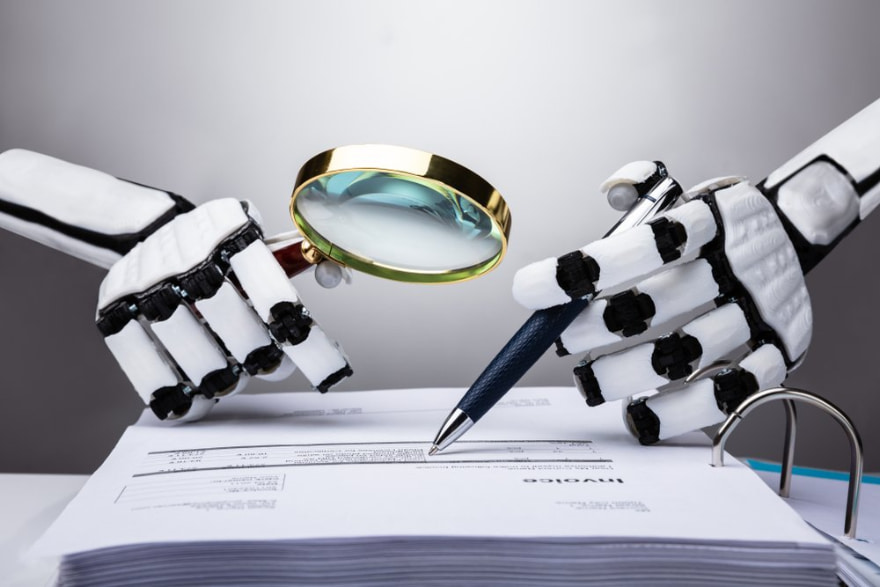In the present data-driven world, the capacity to proficiently examine and decipher documents is pivotal for organizations and associations. Conventional techniques for document analysis are, in many cases, work escalated and tedious, presenting critical difficulties in overseeing enormous volumes of data. Enter man-made reasoning document analysis, an extraordinary innovation that is upsetting how we handle and decipher data.
Understanding AI Document Analysis
AI Document Analysis uses AI calculations and regular language handling (NLP) to consequently separate, characterize, and decipher data from different sorts of documents. Whether it’s solicitations, contracts, research papers, or clinical records, AI can deal with these documents at a speed and precision that far outperforms human capacities.

Key Advantages of AI Document Analysis
- Proficiency and Speed: One of the main benefits of AI Document Analysis is its capacity to rapidly handle huge volumes of documents. Errands that once required hours or even days can now be finished in no time. This effectiveness saves time as well as diminishes functional expenses.
- Exactness and Consistency: Human blunder is a typical issue in manual document analysis. AI frameworks, however, maintain an elevated degree of exactness and consistency; it is solid to guarantee that data interpretation. This is especially significant in fields like medical care and money, where accuracy is vital.
- Data Extraction and Characterization: AI can distinguish and extricate important data from documents with wonderful accuracy. For instance, in authoritative documents, AI can pinpoint key statements and commitments, while in monetary reports, it can remove basic figures and patterns. This ability enhances the precision of data interpretation and dynamic cycles.
- Upgraded Data Interpretation: Past simple extraction, AI Document Analysis can decipher the separated data in significant ways. For example, it can recognize examples, patterns, and irregularities that may be missed by human experts. This more profound degree of interpretation can give significant experiences, driving vital choices and advancement.
Applications Across Enterprises
AI Document Analysis has a large number of utilizations across different businesses:
- Medical services: In medical services, AI document analysis can examine patient records, clinical imaging reports, and examination papers to help finding, therapy arranging, and clinical exploration.
- Legitimate: In the lawful area, AI aids contract audit, case regulation analysis, and consistency checking, smoothing out legitimate cycles and lessening the responsibility on legitimate experts.
- Finance: Monetary establishments use AI to dissect exchange records, review reports, and statistical surveying, improving gamblers’ and speculation methodologies.
- Instruction: AI can process and assess scholarly papers, regulatory documents, and understudy records, working on authoritative proficiency and supporting scholastic exploration. Difficulties and Future Possibilities
Regardless of its various advantages, AI document analysis isn’t without challenges. Issues, for example, data protection, the requirement for huge and top-notch datasets for training, and the intricacy of normal language seeing actually present critical obstacles. However, continuous headways in AI and AI keep on tending to these difficulties, promising much more refined and successful arrangements later on.
AI Document Analysis is an integral asset that enhances data interpretation by further developing productivity, exactness, and profundity of analysis. As innovation keeps on developing, we can expect significantly more prominent advancements that will further change how we handle and decipher documents, driving advancement across different fields.


